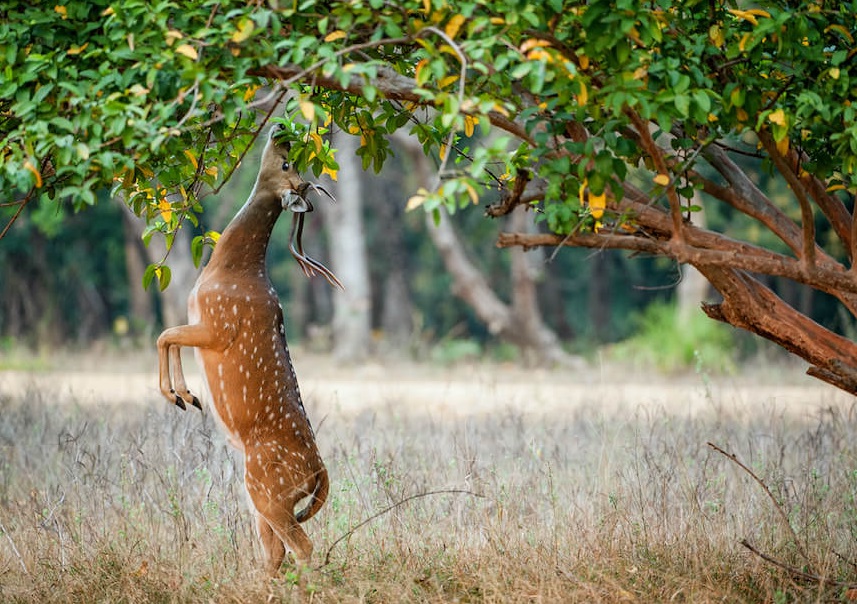

We’re here to help! Wild Yards is a completely free website that is 100% dedicated to helping you create a wildlife-friendly, sustainable yard. Read more
WildYards is reader-supported. When you buy a product through a link on our site, we may earn a comission. Every product is independently selected by our (obsessive) editors and our reviews are unbiased and objective. Read more about our mission or our privacy policy.
Deer frolic and nibble from all kinds of vegetation in the wild. However, that doesn’t necessarily mean they just stick to the same plants, flowers, and patches of grass. In fact, did you know that there are plenty of trees that attract deer, too?
Deer are attracted to larger trees that give plenty of shade and coverage and promise fruit and nuts to eat. This is because these trees give deer a greater feeling of safety and security and a regular source of nutritious snacks.
If you’re growing an orchard or are attracting deer to your yard for the first time, it’s worth considering which trees these animals are most likely to come back to time and time again. Keep reading for the complete lowdown.
Why should I grow trees to attract deer?
Trees are fantastic for attracting deer as they tend to continue producing nuts, fruits, and seeds for months, seasons, and years to come. If there is anything a deer will be looking for in the perfect food plot or yard, it’s a regular, consistent source of food.
Planting and growing trees also hold huge benefits from a gardening perspective, too. Trees may often take a long time to grow to full size and strength, however, they require little maintenance compared to simple plants that attract deer. Yes, they will require care and vigilance depending on the species or type. However, you will normally find that you can leave a regular-producing tree that needs little more than regular sunlight and water.
What’s more, a deer is never going to completely strip or destroy a tree that’s bigger than them. With other plants and grass in your yard, you may not be so lucky.
As mentioned, deer are never too keen to be out in the wide-open, as they can feel threatened. Big trees with lots of sprawling branches and thick leaf canopies will give them coverage and protection from the elements.
In addition, you will have a consistent source of nutrition set up for deer to enjoy, and you can also attract these creatures with other treats and smells alongside. For example, you may wish to spread a little peanut butter for deer on the bark, or you may even look at spraying or washing a tree trunk in a little vanilla extract to entice deer via smell alone.
Top 5 trees that attract deer
Not all trees are likely to keep deer coming back to your yard again and again, so it’s important to narrow down their favorite options. Luckily, these are not too hard to come by. The best trees deer love will, again, produce fruit, seeds, and nuts across the year that they can rely on.
Here are the best trees to attract deer across the seasons and years to come.
Persimmon
Persimmon trees are interesting fruit-growers that can start producing delicious sweet treats as quickly as 18 months to two years after planting. These are fruit trees that many deer attractors swear by, as they can be relied upon to drop persimmon long into the fall. The fruit’s rich in essential vitamins, and they are wonderful for attracting deer from the end of summer onwards. What’s also great about persimmon is that they actively grow in around 60% of US soil and woodland.
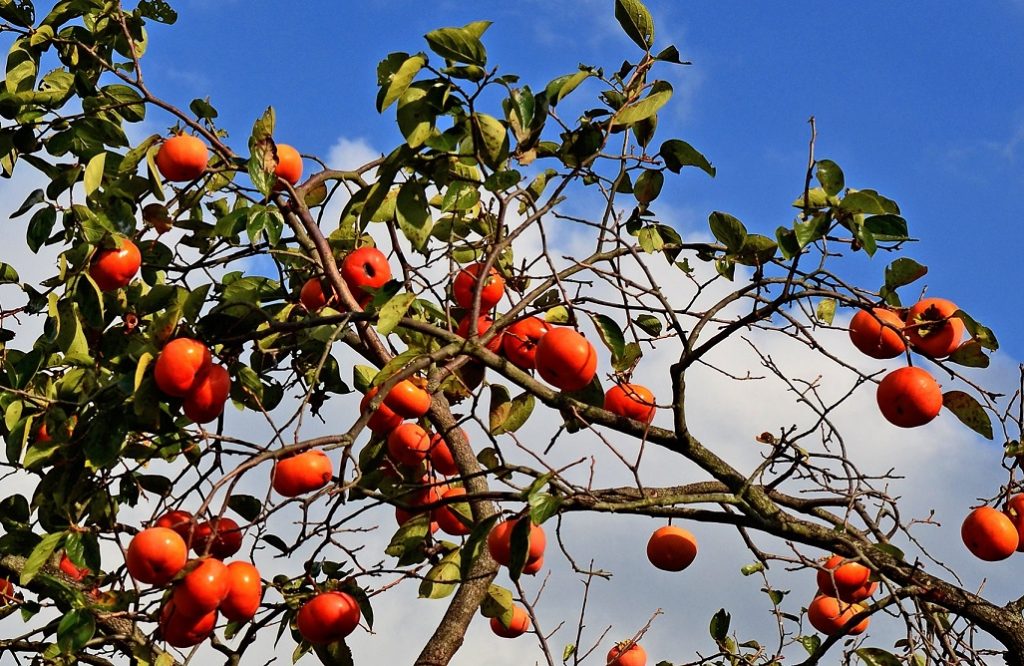
Oak
Oak trees are big winners with deer who are looking to munch on falling nuts and for exceptional shade in the summer months. Oak trees are majestic plants that can really give a true sense of woodland to any yard. However, the major drawback is, of course, that oaks will take decades to grow to fruition, and even then, acorns aren’t easy to count on for yearly crops. If you inherit a yard or garden with oaks already in place, great news – deer will already likely want to visit you.
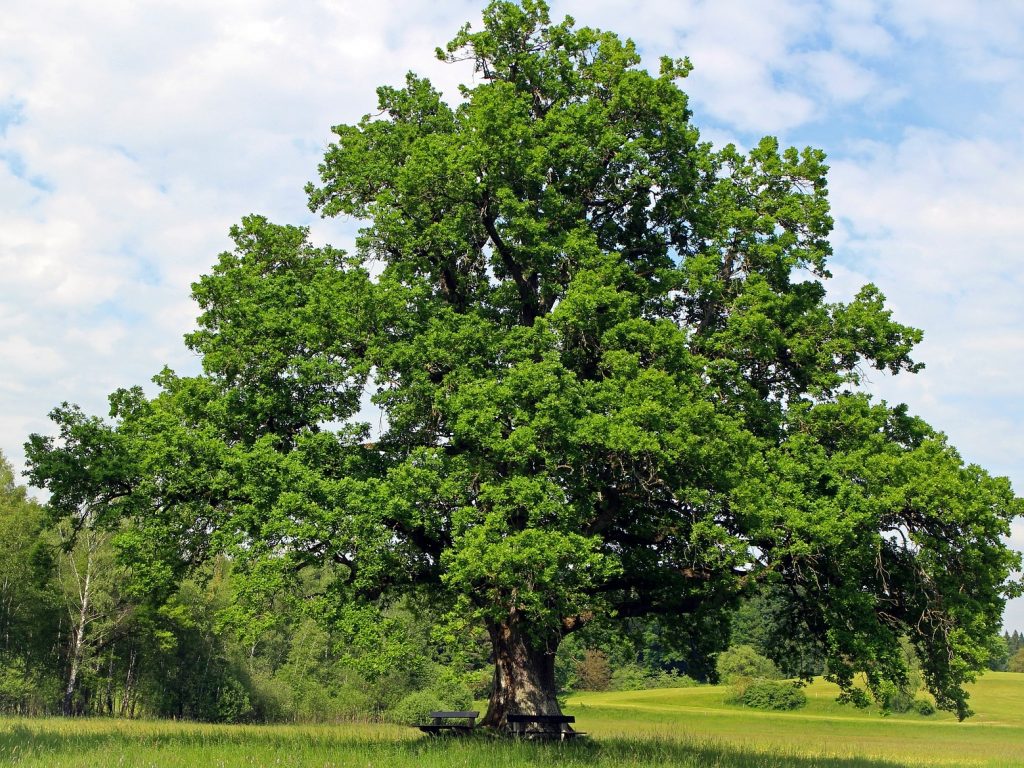
Dunstan Chestnut
Dunstan chestnut trees are seen as the modern variation on the classic American chestnut and are likely to be your easiest route to attracting deer with nuts. Chestnuts are thought to be much healthier than acorns for deer, and they can start dropping from the Dunstan within three years. That’s a fraction of the time it’d take for an oak to drop acorns, and deer will love munching these nuts all the same.
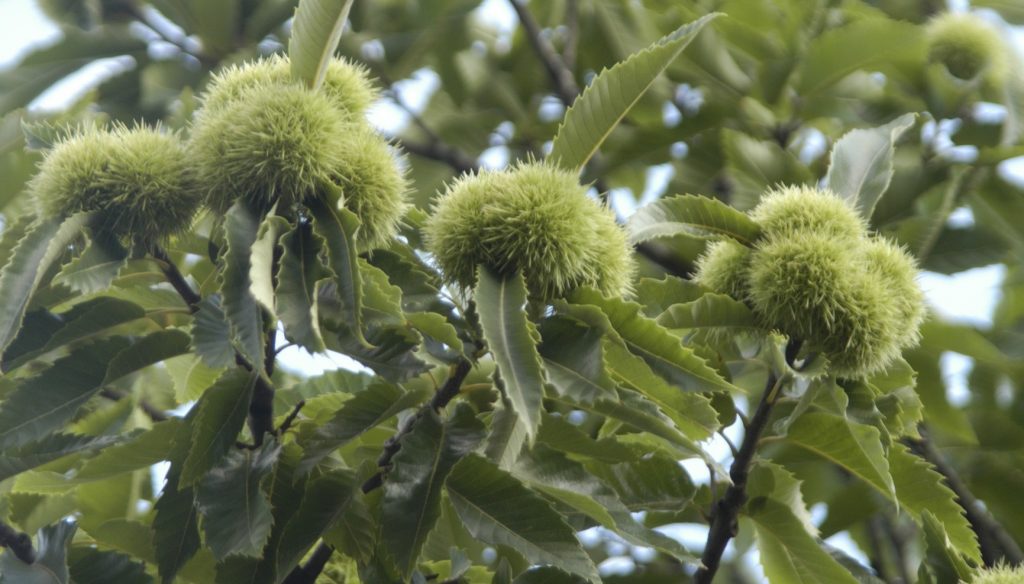
Wild Plum
Plum trees are more fruit-growing wonders that deer love for their delicious produce and their coverage. Much of the wild plum tree is edible for deer, too, meaning it’s a fantastic, almost limitless source of consistent nutrition. Plum trees tend to produce massively over a year, too, meaning there shouldn’t be any shortage of treats for deer to pick up on in your yard. They can grow to more than 20 feet tall – be warned!
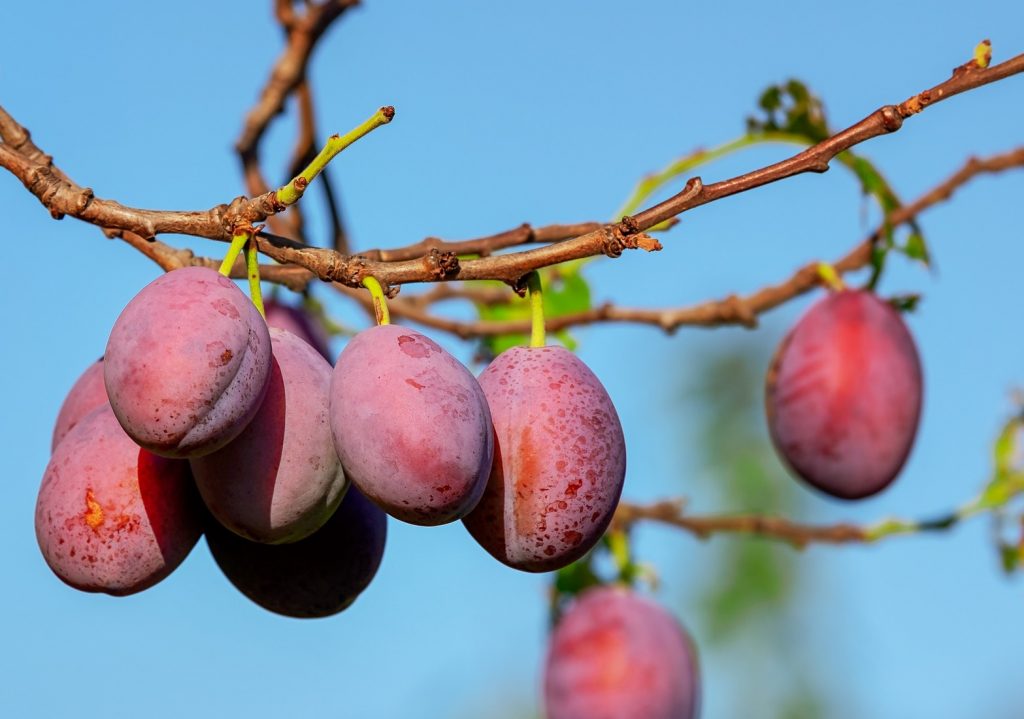
Apple
Yes – the classic apple tree is not only an orchard staple (and great for cider), but it’s well-loved by deer, too. Of course, one of the huge benefits of planting apple trees is that they arrive in many different varieties and flavors. It’s a really good idea to take a look at apple trees in your local area to see which varieties deer appear to enjoy the most. At worst, however, you might consider giving them something new to nibble on.
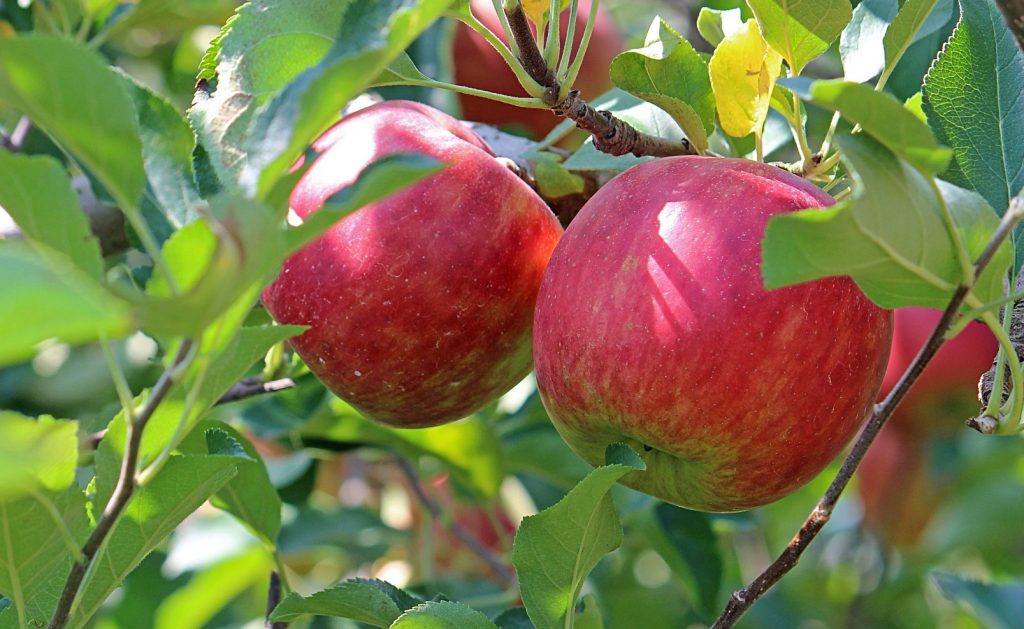
When and where should I plant trees to attract deer?
On the whole, there isn’t a particular time of season or year when it’s considered best to plant trees. As mentioned, some can and will take years to grow to full strength and fruition. Spring tends to be the popular time for tree planting, however, you can expect long-lasting results from these plants regardless of when they are placed in the ground. Some experts even suggest planting in the fall, as trees won’t likely need as much water or nutrition in the colder months.
When it comes to the best places to plant trees in your yard, consider giving them plenty of exposure to sunlight. For example, if your yard opening for deer is towards the south or west, your trees will likely catch more sunshine in this direction. Many wild yard owners also choose to plant their deer-attracting trees around food plots.
Remember that your tree plots don’t have to look perfect or symmetrical. Deer will look for trees and gardens that appear wild – and they will happily eat on any fruit or nuts that fall from scraggly-looking trees they love. Yes, it’s worth attracting deer with some molasses or salt licks every now and again, but with the right trees, you can ensure you need to do very little upkeep over the seasons to come.
